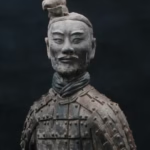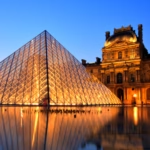The legacy of Ancient Khmer Sculpture is a unique tapestry woven through time, depicting not only the creative prowess of its artisans but also reflecting the socio-political and spiritual dimensions of a civilization that flourished over a millennium ago. From monumental temples to intricate figurines, this art form serves as a window into the heart of the Khmer Empire, unveiling stories of gods, kings, and everyday life.
The Historical Context of Ancient Khmer Sculpture
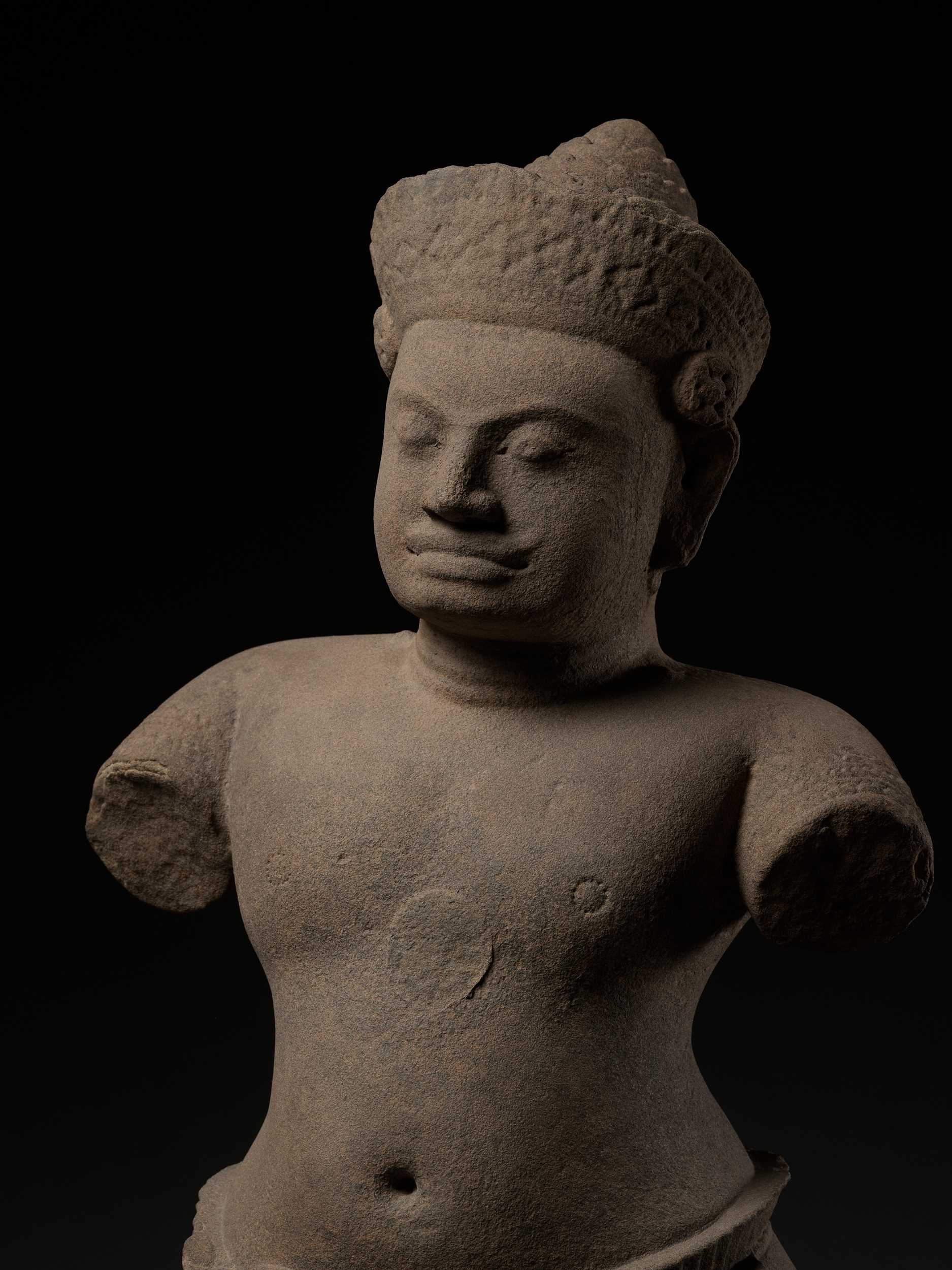
To fully appreciate the magnificence of Ancient Khmer Sculpture, one must first explore the historical context in which it emerged. This era marked a dynamic period for the Khmer civilization, spanning from the 9th to the 13th century. During these times, the Khmer Empire was at its zenith, exhibiting a remarkable blend of cultural influences, particularly from Hinduism and Buddhism.
As the empire expanded, so too did its artistic expression. The interplay between power dynamics and religion significantly molded the thematic elements found within these sculptures.
The Rise of the Khmer Empire
The Khmer Empire, initially centered around the region that is today Cambodia, began its ascendance in the late 8th century. It was during King Jayavarman II’s reign that the foundation for a centralized kingdom was established.
With this unification came an explosion of creativity and innovation in various fields, including architecture, sculpture, and literature. Temples such as Angkor Wat and Bayon became emblematic of this burgeoning empire, serving as both religious sanctuaries and symbols of royal authority.
The sculptures created during this time were not merely decorative; they represented the metaphysical beliefs of the people and their reverence towards deities. Consequently, many pieces were intricately linked to the very fabric of society, acting as conduits for communication with the divine.
Religious Influence on Artistic Expression
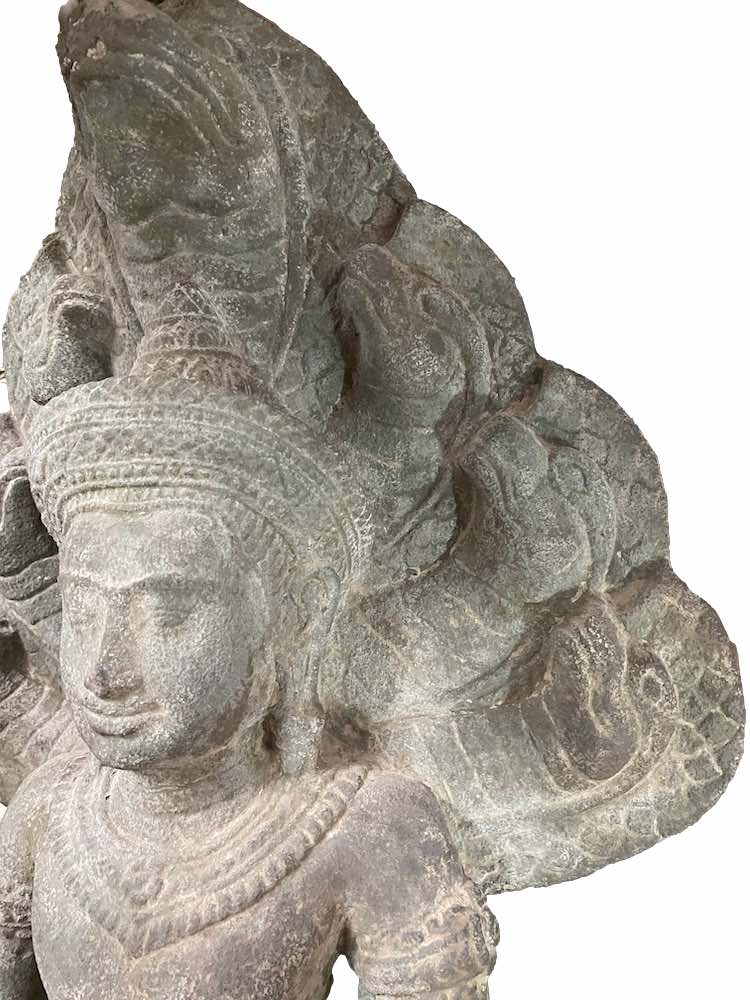
Religion played an instrumental role in shaping Ancient Khmer Sculpture. The early Khmer artists primarily drew inspiration from Hindu epics like the Ramayana and Mahabharata, crafting stunning representations of deities such as Vishnu and Shiva. As Buddhism gained prominence in the region, the influence of Buddhist iconography became evident, particularly in later works.
This artistic transition is fascinating, as it illustrates the adaptability and evolution of Khmer culture. Sculptors began to incorporate local beliefs and practices, creating a unique style that resonated with both Hindu and Buddhist traditions. Iconic figures such as Avalokiteshvara and scenes from the Jataka tales were sculpted with grace and precision, inviting contemplation and devotion from the viewer.
Political Dynamics and Artistry

The political landscape of the Khmer Empire was characterized by shifting alliances and territorial expansion, resulting in the commissioning of numerous monumental sculptures. Kings and rulers employed skilled artisans to create grandiose statues and reliefs that would immortalize their reigns and devotional fervor.
In essence, these artworks served dual purposes: they were manifestations of royal power and expressions of collective faith. The politics of patronage meant that sculptural styles evolved based on the preferences of the ruling elite. For instance, the Bayon style emerged as a reflection of King Jayavarman VII’s vision, showcasing more personalized depictions of divinity that connected deeply with the populace.
The Materials and Techniques of Ancient Khmer Sculpture
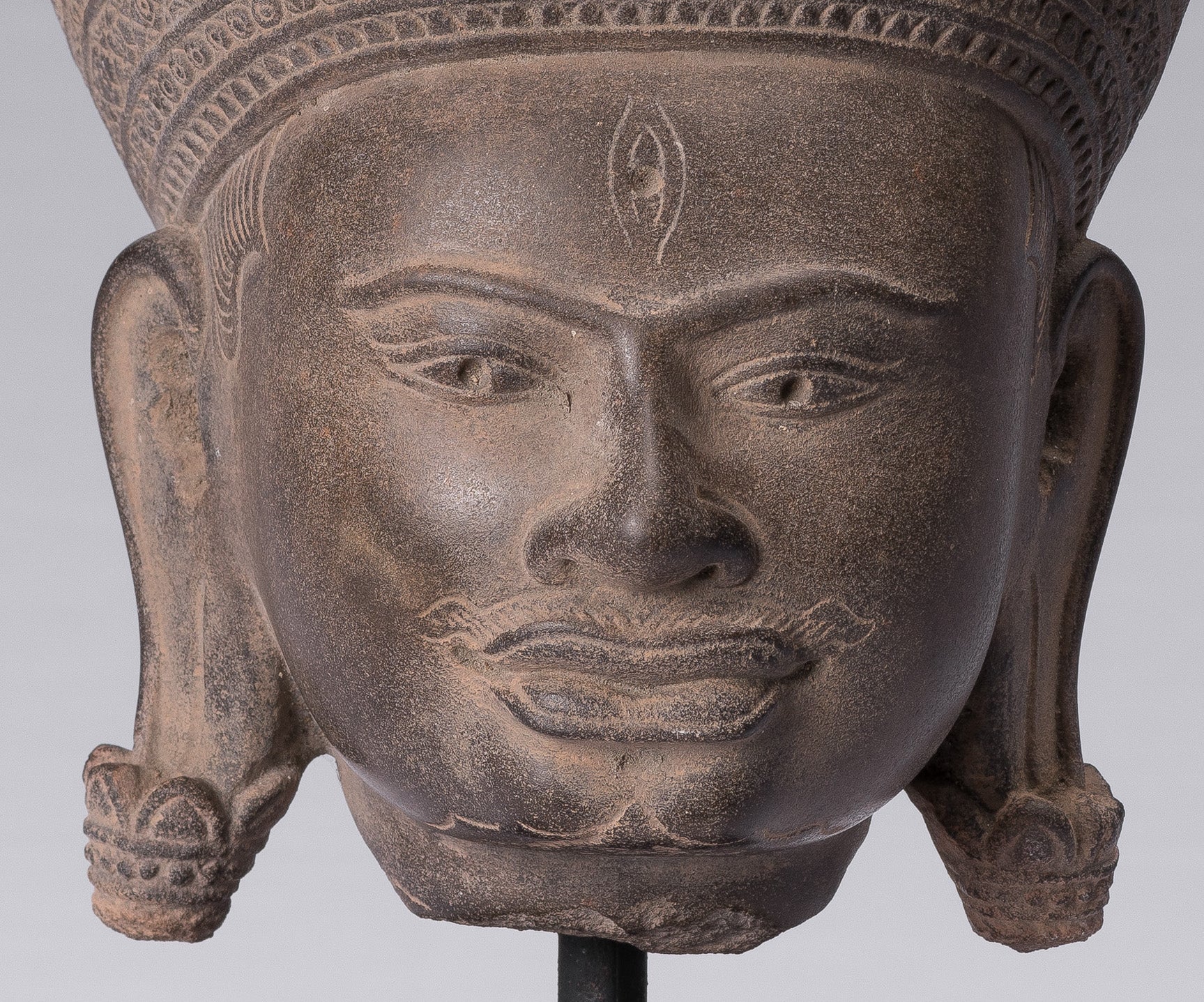
The craftsmanship behind Ancient Khmer Sculpture is a testament to the ingenuity and skill of Khmer artisans. Using materials such as sandstone, wood, and stucco, these craftsmen employed techniques that revealed a sophisticated understanding of form and design.
Stone Carving Mastery
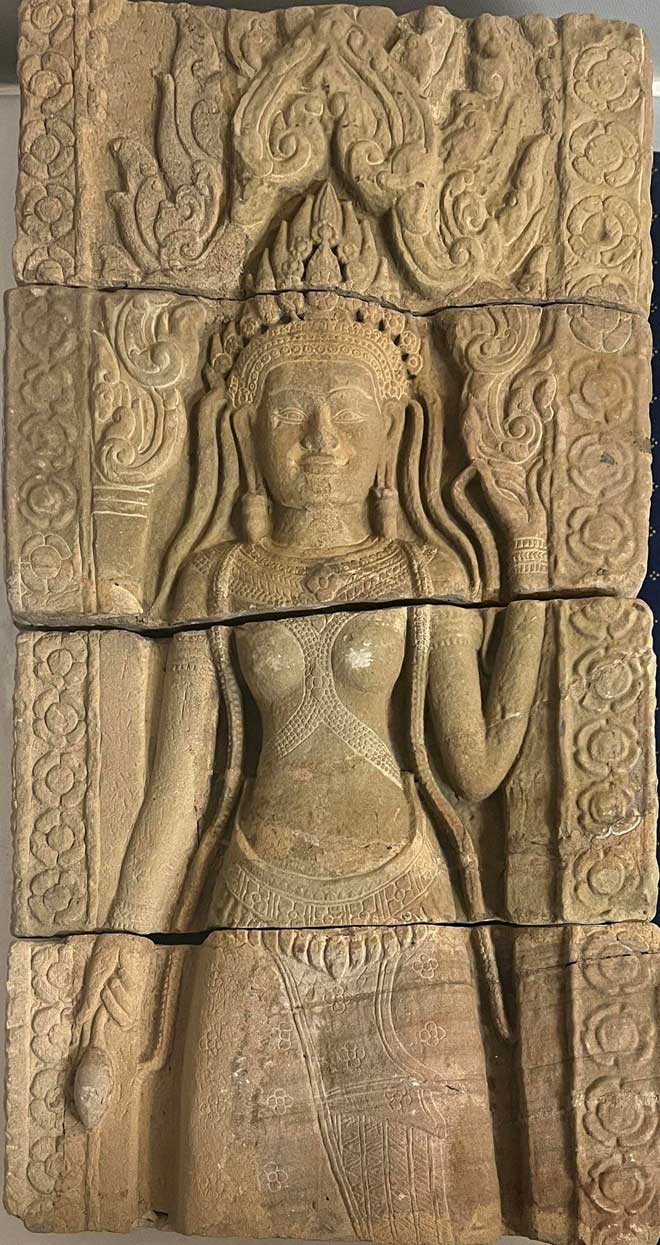
Sandstone was the primary medium used in the creation of large-scale sculptures, particularly in temple complexes. This material was favored for its workability and longevity, allowing for detailed carvings that could withstand the test of time.
Khmer sculptors excelled in the art of stone carving, often working in teams to execute complex designs. The process began with selecting suitable stone blocks, followed by rough shaping before moving onto finer details. Through patience and artistry, they captured intricate features, expressive faces, and dynamic poses, imbuing their creations with a sense of life and movement.
One of the most striking aspects of stone carvings is the level of detailing involved. Elements such as jewelry, clothing, and facial expressions were painstakingly rendered, showcasing the artisans’ dedication to realism and beauty.
Wooden Sculptures and Their Significance
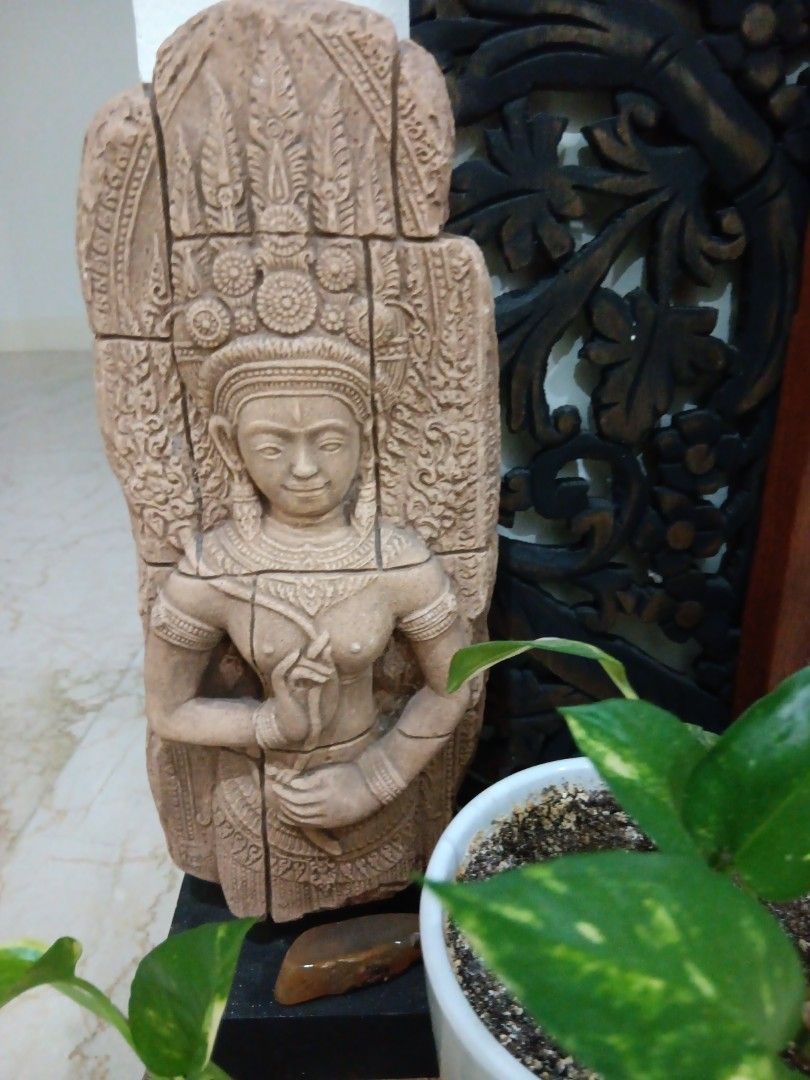
While stone forms the backbone of Ancient Khmer Sculpture, wooden sculptures also hold considerable importance, especially in representing household deities or ceremonial figures. Often crafted from indigenous hardwoods, these sculptures were richly adorned with paint and gold leaf, signifying their sacred status.
Wooden figures might not have the same enduring presence as stone counterparts, but they played crucial roles in rituals and domestic worship. Such artifacts highlight the diversity within Khmer artistic expression, illustrating a belief system intertwined with daily life.
Moreover, the technique of wood carving showcased a different skill set, emphasizing fluidity and grace. The organic nature of wood allowed for softer lines and curvatures, providing a contrast to the rigidity often associated with stone work.
Use of Stucco in Decorative Arts
Stucco served as another significant medium for Ancient Khmer Sculpture, often used to enhance architectural elements with elaborate bas-reliefs and ornamental details. This versatile material allowed for greater experimentation and refinement, enabling artists to create three-dimensional effects and vivid imagery.
The application of stucco was widespread in temples, where it complemented stone carvings and added layers of depth to narratives depicted on walls. Frescoes and friezes crafted from stucco often illustrated scenes of celestial beings, mythological tales, and cosmological themes, enriching the overall aesthetic experience.
Stucco’s ability to capture the ephemeral nature of beauty resonates with the transitory aspects of life itself. These decorative arts serve as reminders of the fleeting moments of existence, encapsulated within the eternal stone and plaster.
The Evolution of Style in Ancient Khmer Sculpture

The journey of Ancient Khmer Sculpture is marked by significant stylistic evolution, reflecting shifts in political power, cultural exchange, and philosophical thought. By examining the distinct styles that emerged throughout the centuries, we can gain insights into the changing priorities of the Khmer people.
Early Khmer Sculpture: Formal and Iconic
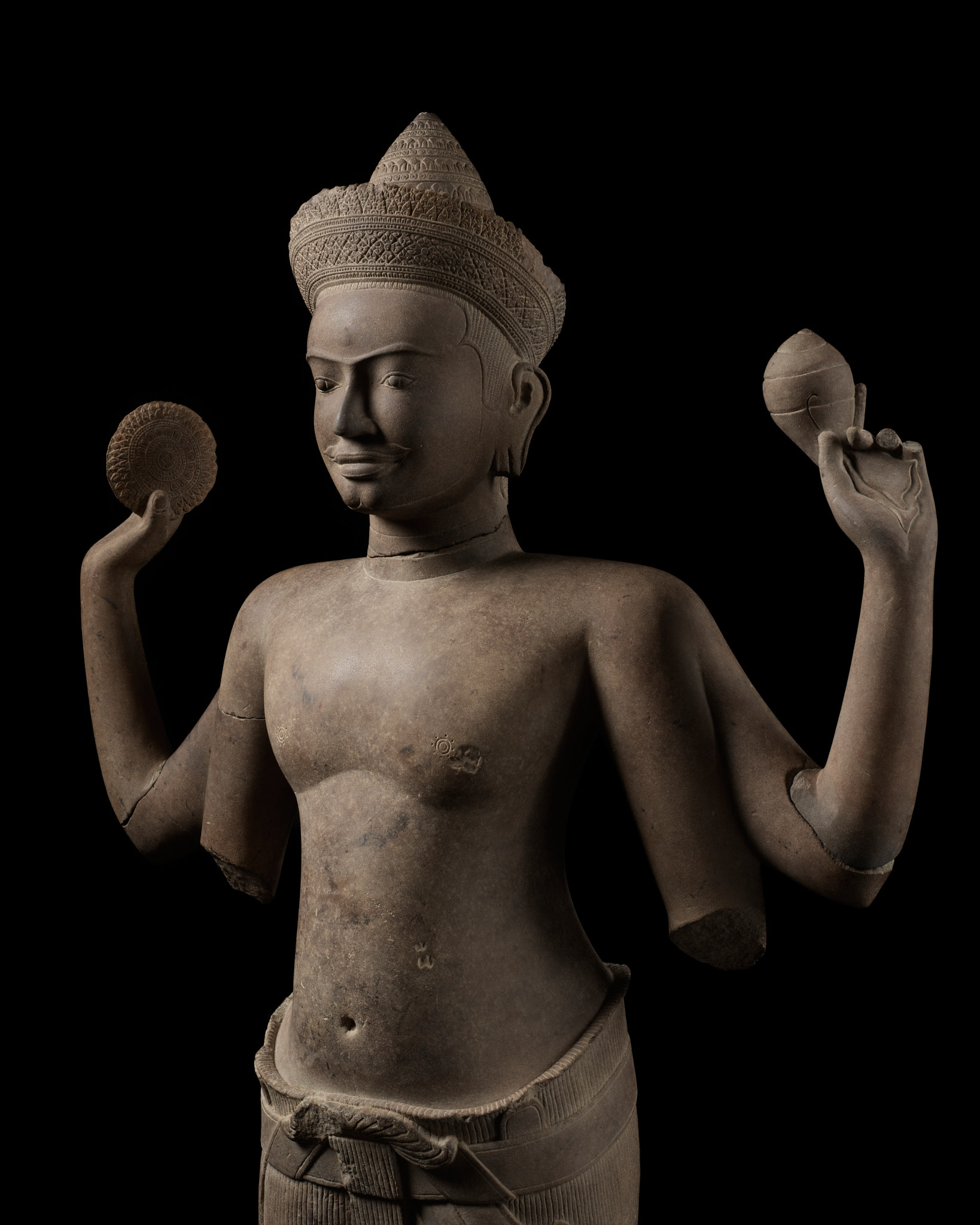
The earliest examples of Khmer sculpture date back to the 7th century and are characterized by their rigid forms and adherence to traditional iconographic norms. These sculptures predominantly feature Hindu deities in a static, frontal pose, embodying the solemnity and grandeur expected of divine figures.
These initial pieces serve as foundational elements within the broader context of Southeast Asian art. They reveal a strong influence from Indian sculpture, yet they maintain unique Khmer characteristics that distinguish them from their predecessors.
As the Khmer Empire matured, artists began to experiment with more naturalistic representation, breaking away from the constraints of earlier styles. This shift was gradual, as artists sought to imbue their subjects with a sense of dynamism and individuality.
The Bayon Style: Personalization and Emotion

The Bayon style emerged in the late 12th century during the reign of King Jayavarman VII, heralding a new dawn for Ancient Khmer Sculpture. Unlike previous styles, Bayon sculptures are characterized by their intimate portrayal of divine figures, often featuring serene expressions and captivating gazes.
What sets the Bayon style apart is its emphasis on emotional connection. The artist’s focus shifted towards evoking feelings rather than adhering strictly to religious iconography. Sculptures began to reflect a deeper understanding of humanity, portraying gods and goddesses in relatable forms that resonated strongly with the people.
This personalization of divine figures fosters a sense of intimacy, bridging the gap between the sacred and the mundane. The intricate carvings of the Bayon temple—depicting both historical events and daily life—invite viewers to engage with the narrative, forging a connection that transcends time.
The Decline of Khmer Sculpture and Influences from Neighboring Cultures

As the Khmer Empire faced internal strife and external challenges, the art of sculpture began to decline. Influences from neighboring cultures, such as Thai and Cham, infiltrated Khmer artistry, leading to hybrid forms that diluted the traditional essence.
The once-distinct styles of Ancient Khmer Sculpture underwent transformations, incorporating elements that reflected the sociopolitical upheaval of the time. Themes shifted towards simpler forms, losing some of the intricate detail and emotional depth characteristic of earlier epochs.
Despite these changes, remnants of the original Khmer spirit endure in contemporary interpretations of ancient designs. Artists today continue to explore the rich legacy of Ancient Khmer Sculpture, seeking to honor traditions while infusing new ideas and meanings.
The Cultural Significance of Ancient Khmer Sculpture
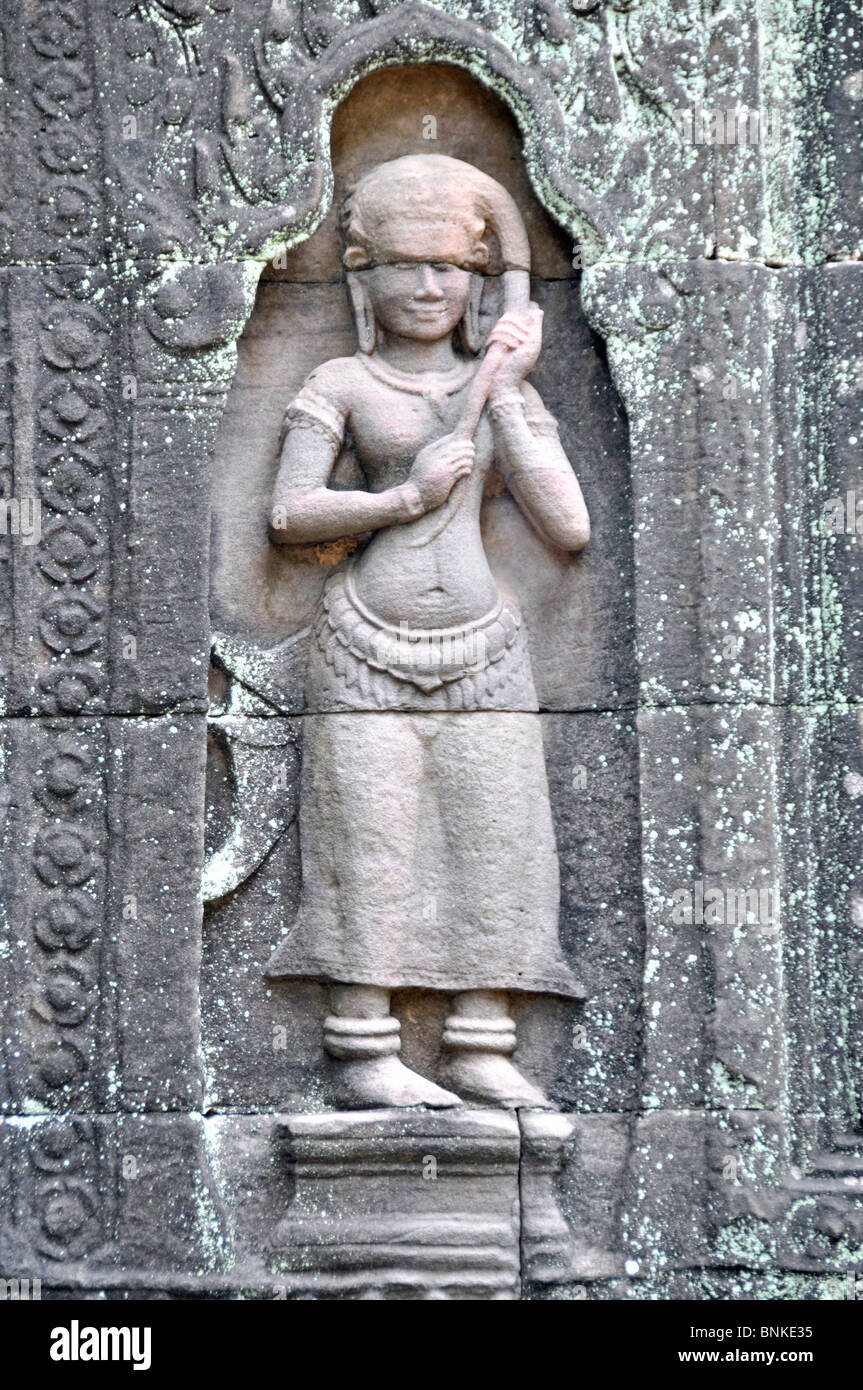
Beyond their aesthetic value, Ancient Khmer Sculpture holds profound cultural significance, serving as embodiments of belief systems and markers of identity. These sculptures convey a wealth of information about the Khmer people’s worldview, values, and aspirations.
Spiritual Connections and Symbolism
One cannot fully appreciate Ancient Khmer Sculpture without recognizing its role in spiritual practice. Many sculptures were created as offerings to the deities, intended to facilitate communication between the earthly realm and the divine.
Each piece embodies specific symbolism, reflecting the complexities of Khmer spirituality. From the serenity of a sitting Buddha to the ferocity of a lion guarding temple entrances, these works elicit reverence and contemplation. They serve as physical manifestations of ideals, aspirations, and existential questions that continue to resonate today.
Moreover, the use of symbolic gestures, known as mudras, enriches the viewer’s understanding of the spiritual narrative. By observing the hand positions of a deity, one gains insight into the character and purpose of that figure, thereby deepening the connection between the observer and the artwork.
A Reflection of Khmer Identity and Resilience
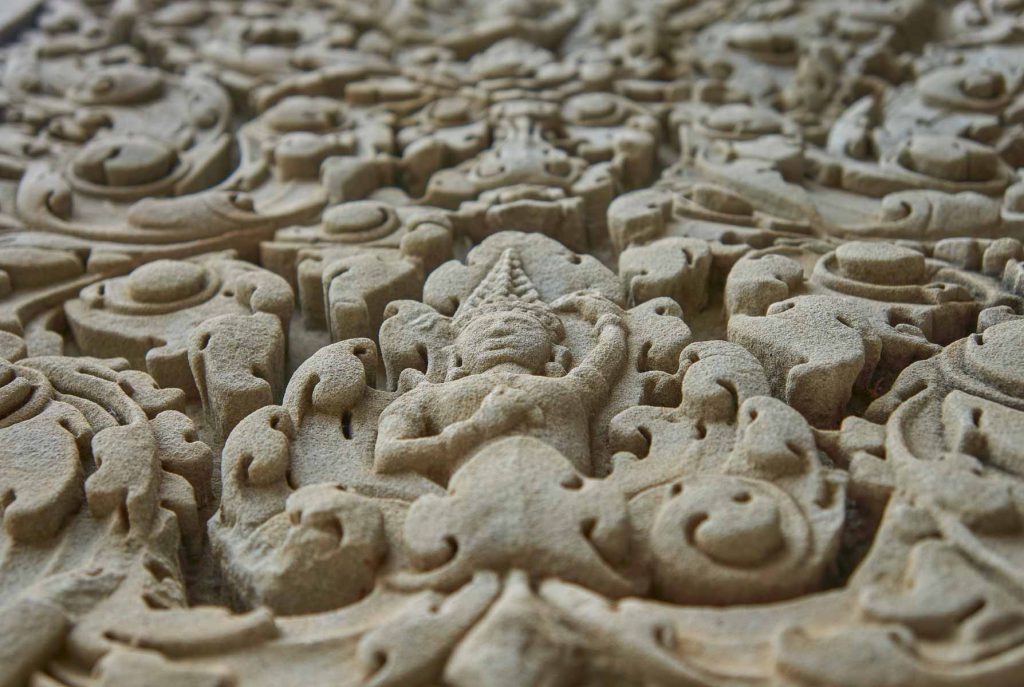
Throughout history, Ancient Khmer Sculpture has acted as a mirror reflecting the collective identity of the Khmer people. The sculptures tell stories of triumph, adversity, and resilience, encapsulating the essence of a civilization that endured through challenges.
Art has always been pivotal in preserving memory and culture, and Khmer sculpture is no exception. Each piece serves as a testament to the ingenuity and creativity of a people who remain connected to their roots despite the passage of time.
Through the exploration of these sculptures, we witness the evolution of Khmer identity—from its foundation in Hinduism and Buddhism to its adaptation through foreign influences. This journey reveals a community continuously defining itself while honoring its ancestral legacies.
Contemporary Relevance of Ancient Khmer Sculpture

As globalization expands, the relevance of Ancient Khmer Sculpture takes on new meanings. Today, the preservation and study of this art form extend beyond academic interests; they become vital in shaping national identity and cultural pride.
Modern-day artists draw inspiration from ancient motifs and styles, interweaving traditional elements with contemporary concepts. This fusion represents a dialogue between the past and present, a celebration of heritage that renews interest in Cambodia’s rich artistic legacy.
Furthermore, global recognition of Khmer art has heightened awareness of the country’s cultural resources, promoting tourism and encouraging local engagement with heritage. The stories woven into each sculpture invite the world to explore and appreciate the depth of Khmer culture, fostering mutual respect and understanding.
Conclusion
The grandeur of Ancient Khmer Sculpture transcends mere aesthetics; it encapsulates the spirit, beliefs, and aspirations of a civilization that thrived against the backdrop of time. From the early, iconic forms to the emotive Bayon style, each piece reflects a myriad of influences, changing dynamics, and cultural identities that have shaped the Khmer people.
By studying these remarkable sculptures, we gain insights into the historical context that birthed them, as well as the artistic techniques that breathed life into stone and wood. Ultimately, we are reminded that art is not just a product of its time but a living dialogue that continues to echo through generations.
As custodians of this legacy, it is our responsibility to preserve, celebrate, and share the triumphs and tribulations embedded within the masterpieces of Ancient Khmer Sculpture. In doing so, we ensure that the voices of the past resonate through the present, inviting future generations to engage with the rich tapestry of human experience.
✉️ Stay Connected — Subscribe for Weekly Updates
Discover timeless stories, practical wisdom, and beautiful culture — delivered straight to your inbox.
*We only share valuable insights — no spam, ever.





